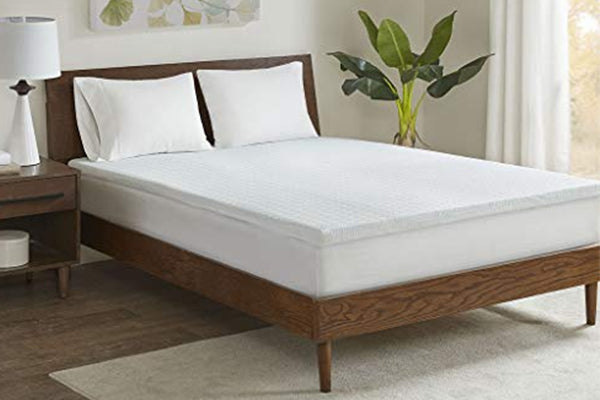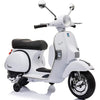What is an Innerspring Mattress?

Introduction
There are many different kinds of mattresses on the market, and each has special qualities and advantages. The innerspring mattress is one of the most widely used types of mattresses. This kind of mattress has been available for many years and is still a common option for many individuals. This blog will explain what an innerspring mattress is, how it functions, and its advantages and disadvantages.
An innerspring mattress is what?
A mattress type made of a network of metal coils or springs is an innerspring mattress, commonly referred to as a coil mattress. These coils, which are often composed of steel, are intended to support and comfort the sleeper. Depending on the manufacturer's design, the coils are organized in various patterns. The Bonnell, continuous, and pocketed coil systems are the most popular patterns.
There are many different kinds of mattresses on the market, and each has special qualities and advantages. The innerspring mattress is one of the most widely used types of mattresses. This kind of mattress has been available for many years and is still a common option for many individuals. This blog will explain what an innerspring mattress is, how it functions, and its advantages and disadvantages.
An innerspring mattress is what?
A mattress type made of a network of metal coils or springs is an innerspring mattress, commonly referred to as a coil mattress. These coils, which are often composed of steel, are intended to support and comfort the sleeper. Depending on the manufacturer's design, the coils are organized in various patterns. The Bonnell, continuous, and pocketed coil systems are the most popular patterns.

System of Bonnell Coils
The oldest and most popular form of an innerspring mattress is one with Bonnell coils. It is made up of wire-connected coils in the form of an hourglass. The Bonnell coil system is renowned for being reliable and inexpensive. It might not offer as much support as other coil systems, though, and it might be more susceptible to motion transmission.
A system with Continuous Coil
A more recent style of innerspring mattress uses a continuous coil system, which has coils produced from a single piece of wire. Compared to the Bonnell coil system, this coil system is renowned for its strength and capacity to offer additional support. It might, however, also be susceptible to motion transfer.
Coil System in a Pocket
The most sophisticated innerspring mattress has a pocketed coil system. It has discrete coils that are encased in distinct pockets and wrapped in cloth. Couples should choose this coil system because it offers superior support and lessens motion transmission. It might, however, cost more than other coil systems.

How Do Innerspring Mattresses Function?
An innerspring mattress functions by giving the sleeper support and comfort. The support is provided by the coils or springs in the mattress, while the comfort is provided by the comfort layers on top of the mattress. Foam, latex, or other materials might be found in the comfort layers.
An innerspring mattress' coils compress as you lay on it, conforming to the size and weight of your body. The mattress will offer more support the more coils it contains. Cushioning and body-contouring support are provided by the comfort layers on top of the mattress.
Innerspring Mattress Advantages
The use of an innerspring mattress has a number of advantages. Among these advantages are:
Support: Your body is well-supported by innerspring mattresses. The mattress's coils or springs conform to the size and weight of your body, giving you support where you need it most.
Innerspring mattresses are renowned for their sturdiness. They are a wise investment because they can last for many years.
Cost: Compared to other mattress types like memory foam or latex, innerspring mattresses are typically less expensive.
Coolness: Compared to other mattress kinds, such as memory foam mattresses, innerspring mattresses are often cooler. Better airflow is made possible by the mattress' coils, keeping you cool all night.
Innerspring mattresses' drawbacks
However, there are several disadvantages to utilizing an innerspring mattress. These shortcomings include:
Motion Transfer: Motion transfer may be a problem with innerspring mattresses. As a result, you might feel your partner's movements on your side of the mattress if they move around in bed.
Moving around in bed can make noise on innerspring mattresses. This can wake up your companion and disturb your sleep.





